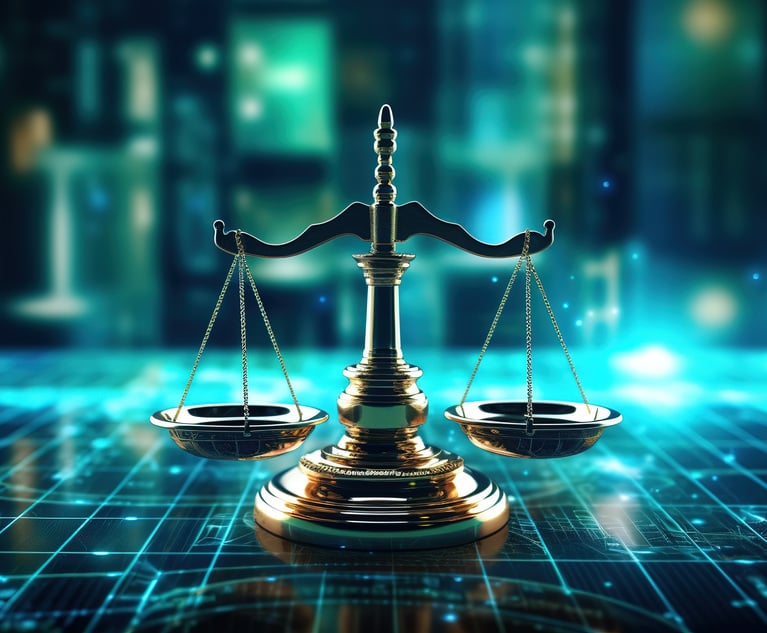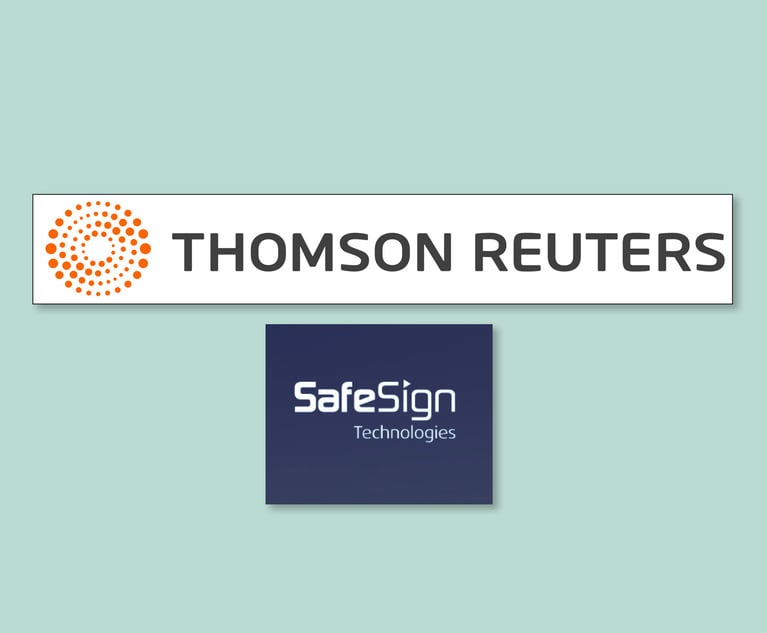The legal field is undergoing a significant transformation, driven by the rapid advancement of technology. Law firms, regardless of size, are recognizing the critical need to integrate technological tools into their practices to remain competitive and efficient. The adoption of technology in litigation is not merely a trend but a necessity that enhances efficiency, reduces costs, attracts new legal talent to a firm, and improves client outcomes.
U.S. Chief Justice John G. Roberts Jr. encapsulates this evolution succinctly: “Rule 1 of the Federal Rules of Civil Procedure directs the parties and the courts to seek the ‘just, speedy, and inexpensive’ resolution of cases. Many AI applications indisputably assist the judicial system in advancing those goals. Machines cannot fully replace key actors in court.” This quote emphasizes the essential role of technology in enhancing the legal process, ensuring justice is delivered in a just, speedy and inexpensive manner.








